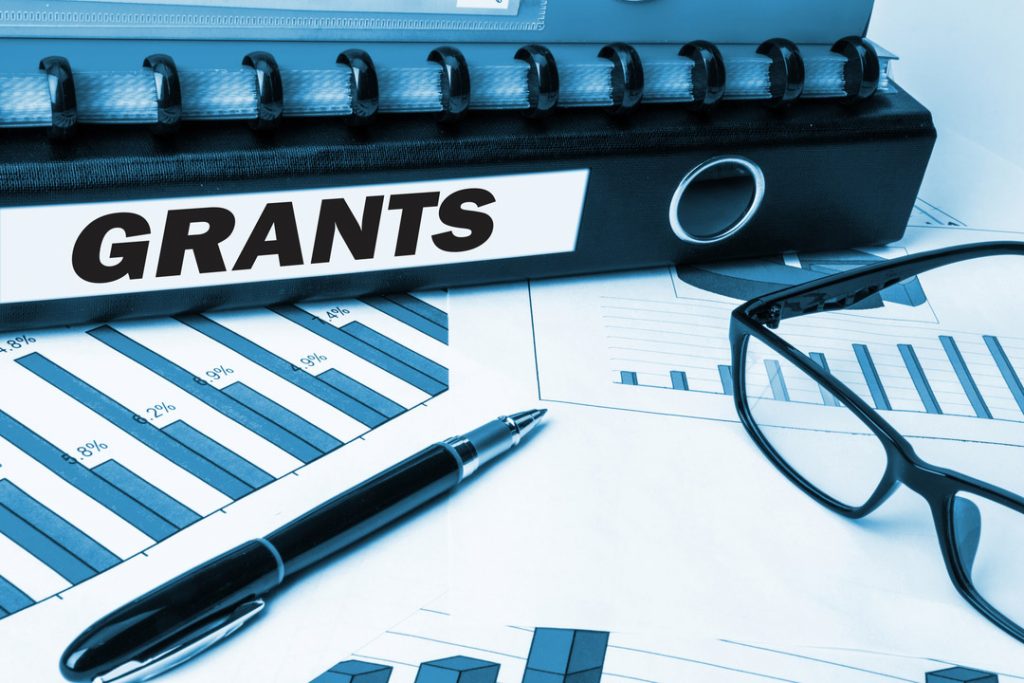
A variety of businesses in Oregon were recently awarded grants to boost materials recovery. | bleakstar/Shutterstock
An Oregon agency has awarded $5.6 million in grants to bolster recycling and composting infrastructure serving the Portland area.

A variety of businesses in Oregon were recently awarded grants to boost materials recovery. | bleakstar/Shutterstock
An Oregon agency has awarded $5.6 million in grants to bolster recycling and composting infrastructure serving the Portland area.

OCC and other recovered fiber shipments to China will continue to face a 25% duty. | cybrain/Shutterstock
The U.S. and China signed a deal last week seemingly calming their trade war. But Chinese tariffs on OCC, recycled pulp and other materials will remain for the time being.
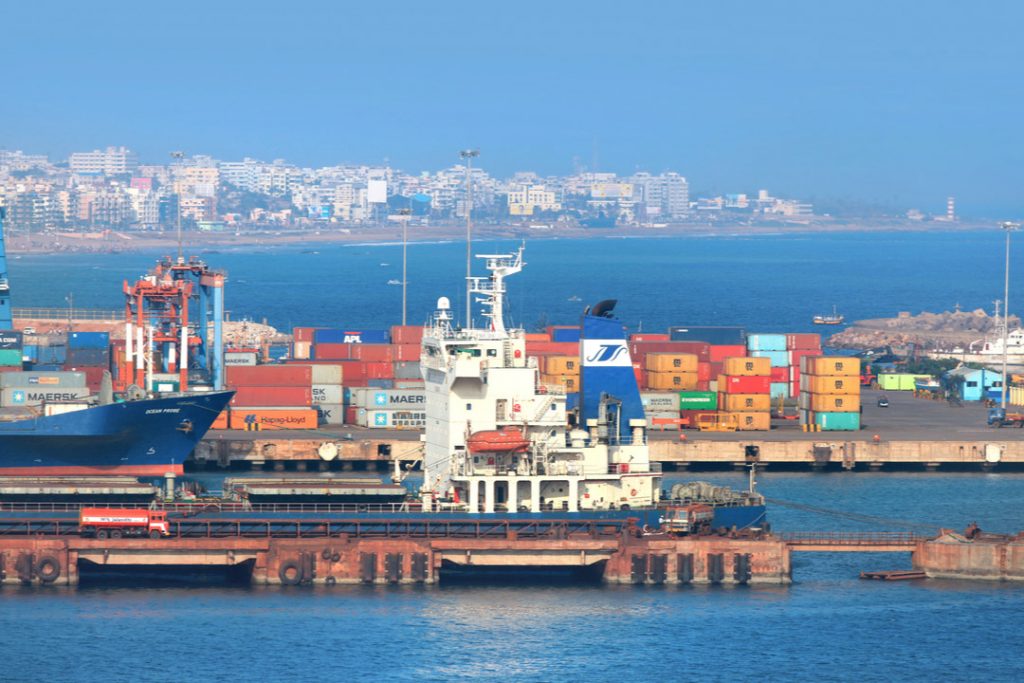
India has substantially increased its imports since China banned mixed paper from entering the country. | SNEHIT PHOTO/Shutterstock
India, the largest overseas market for U.S. mixed paper, has tightened quality standards and reduced its recycled fiber import volume.
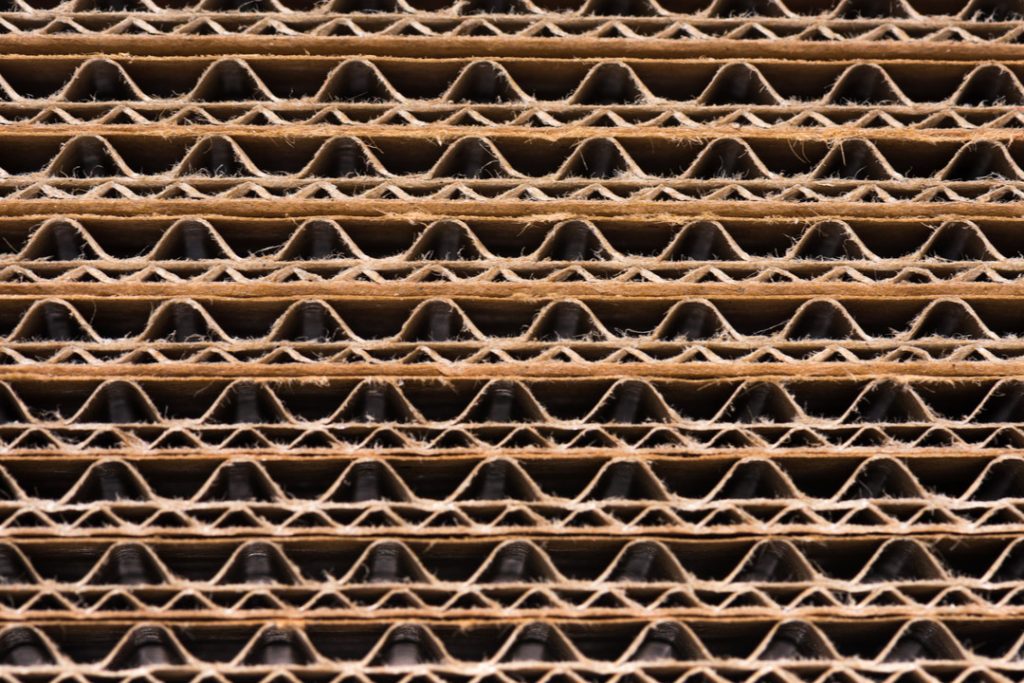
Verso announced its Duluth, Minn. mill will be producing 90,000 tons of recycled products per year. | DenisNata/Shutterstock
A Minnesota recycled paper mill conversion project has expanded beyond its original planned capacity and may grow further, company officials recently announced. Production is slated to begin this month.
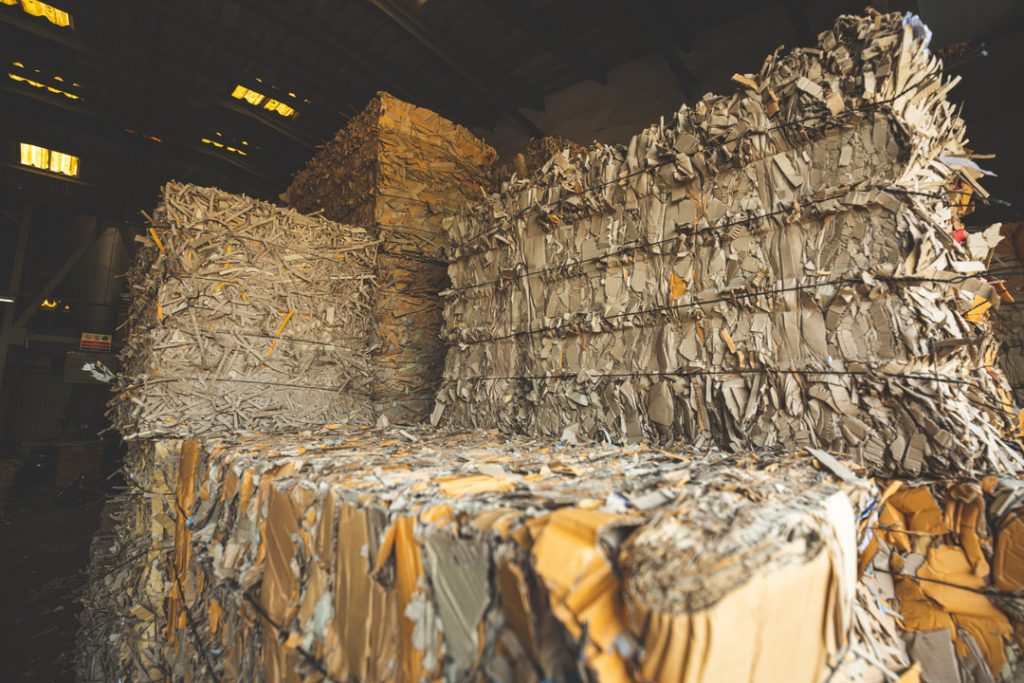
The upcoming Pratt projects will join more than a dozen U.S. mills that have added or will be adding recycled paper capacity since 2017. | noomcpk/Shutterstock
A major end user of mixed paper and OCC will construct two additional North American recycled containerboard mills in the next six years, the company’s owner said in a recent media interview.
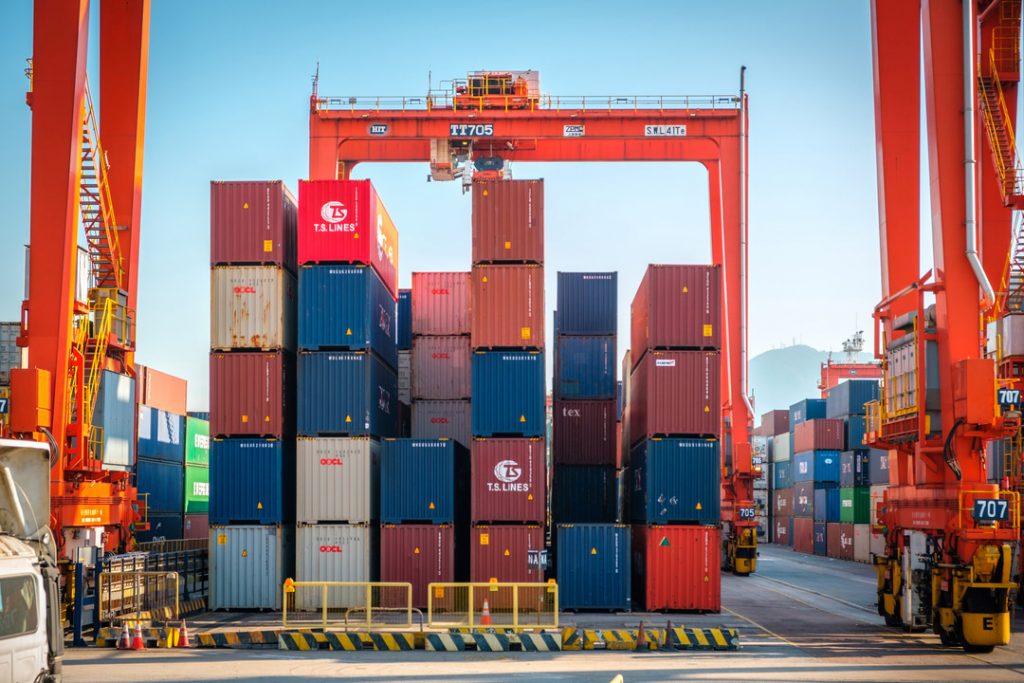
China published a permit list approving imports of 2.8 million metric tons of recovered fiber, its first permit list for 2020. That’s down from 5 million metric tons during the first permit round a year earlier. | hanohiki/Shutterstock
The latest permit figures from the Chinese government illustrate the country’s goals to continue reducing its recycled fiber intake.
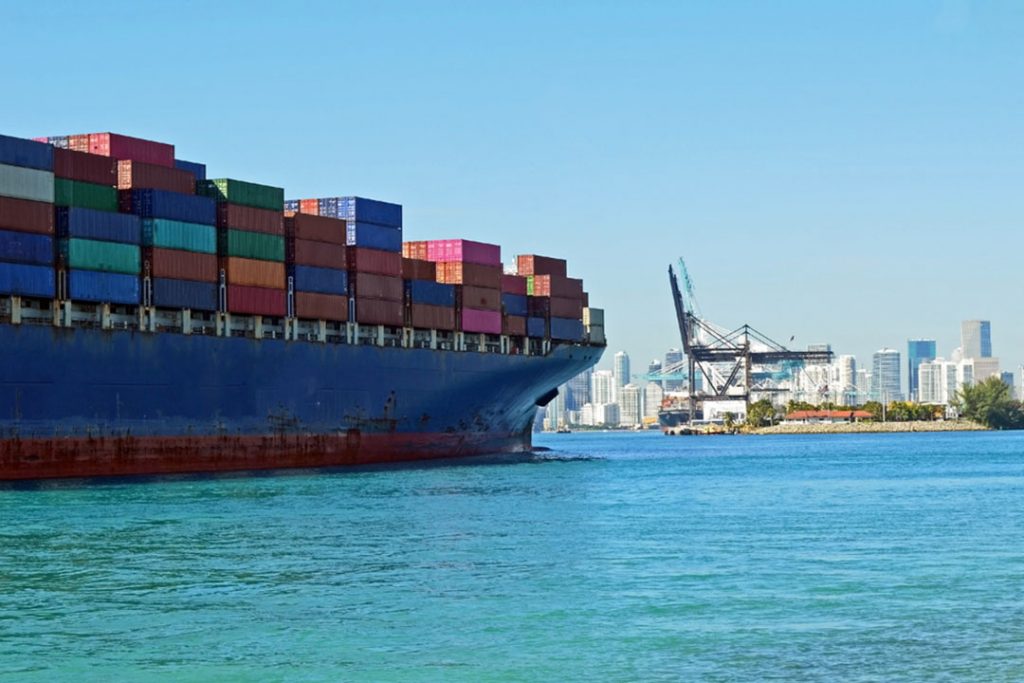
This year, through October, just 9.8 million short tons of recovered fiber have been imported into China. | richard pross/Shutterstock
Recent actions by the Chinese government indicate the country will likely ban imports of OCC and almost all other fiber grades in 2021. Such a move would come in the wake of industry-shaking mixed paper and plastic prohibitions already in place.

U.S. recovered fiber exports to China will continue to face a 25% tariff, as they have since September 2018. | Surapol Usanakul/Shutterstock
The Chinese government will not implement a planned tariff increase on OCC and other recovered fiber imported from the U.S., nor scrap aluminum, after the two countries came to an agreement in recent trade talks. But existing tariffs will remain.

